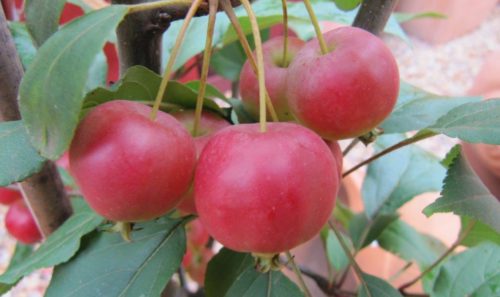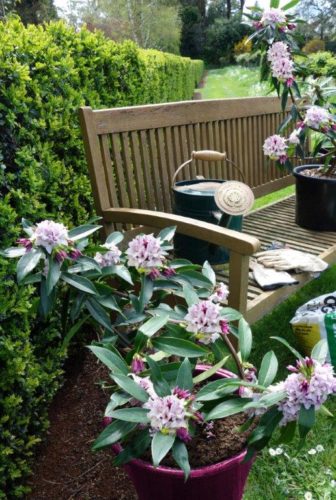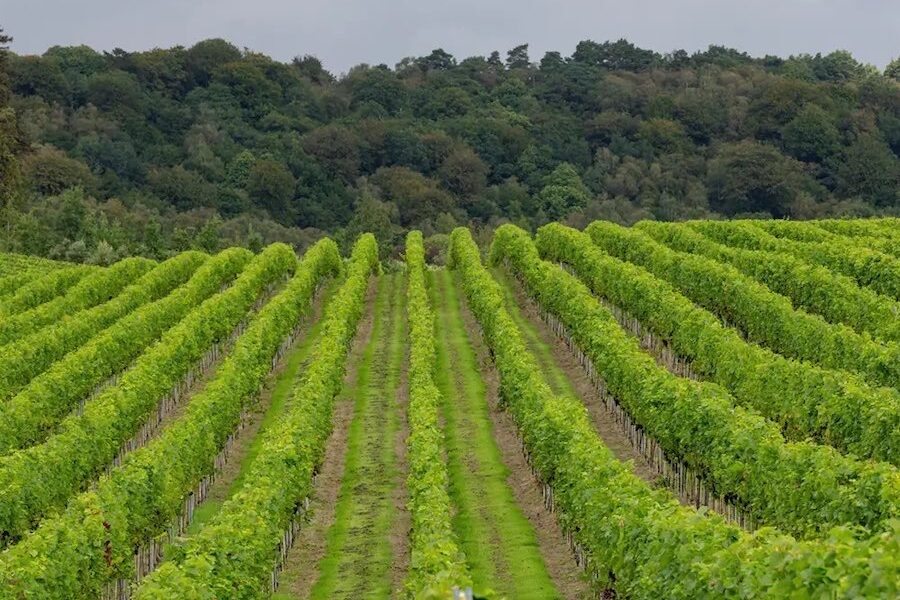
Gardening writer CEDRIC BRYANT’s thoughts are turning to spring, pruning, and sprucing up tools and furniture for the warmer weather.

AS I write this column, it’s a miserable, cold, sunless day of 10°C and I’m thinking about spring.
Spring officially starts from September 1, although nature may decide otherwise. With regular rain and a relatively mild winter so far, and BOM predicting above-average rain until at least the end of September, this augurs well for spring. It’s easy to be complacent but in the next few weeks we will need, as per the Scout motto, to “Be Prepared”.
Start by getting the mower ready. It’s a good idea to flush the tank out, if there’s not too much petrol in it. Give it a good overall clean, getting rid of the oily parts and not forgetting to change the oil for four-stroke mowers. Touch up the rusty parts, change the spark plug and fit new blades if needed.
Now look at the tools, especially those with wooden handles. Give them a good sandpaper to prevent splinters and apply a coat of linseed oil. Clean the blades on secateurs. You may have to use sandpaper on the blades to get rid of accumulated grime and rust. Oil all moving parts and sharpen the blades to the point where a man could shave the hairs off the back of the hand.

Then turn your attention to garden furniture. Timber outdoor furniture will almost certainly need a good sandpapering to get rid of splinters. Use good quality outdoor paint or wood preservative. Tighten up screws and bolts, as timber does shrink and the furniture can become wobbly.
OUR daphne (left) and some azalea leaves are showing signs of yellowing, although they are otherwise covered in buds. If the leaves are a really bright yellow and at the base of branches, they’re generally shedding old leaves as the new ones appear. But if all the leaves on the bush are yellowing, this generally indicates lack of magnesium. To correct this, water with a good heaped tablespoonful of Epsom Salts added to a standard nine-litre watering can or bucket.
IT’S pruning time! There are wide variations on the optimum time to prune fruit trees. Generally, apples and pears can be pruned now. Leave peaches, apricots, nectarines and other stone fruits such as cherries until after they’ve finished fruiting in late summer. The cuts will callous over quicker, preventing fungal problems entering the cuts. It’s vital to spray just as the first buds appear and before they burst into flower to combat brown rot and other fungal problems. Don’t spray once the flowers open because bees may be killed. Spray with Bordeaux or Kocide, not only the tree itself and the trunk, but also the ground under the tree and back to the root zone.
Roses can be pruned at any time, especially with the to-date mild winter. Frosts are generally not going to kill off new shoots; it has been a few years since we’ve had severe enough frosts to do this.
Who can be trusted?
In a world of spin and confusion, there’s never been a more important time to support independent journalism in Canberra.
If you trust our work online and want to enforce the power of independent voices, I invite you to make a small contribution.
Every dollar of support is invested back into our journalism to help keep citynews.com.au strong and free.
Thank you,
Ian Meikle, editor




Leave a Reply